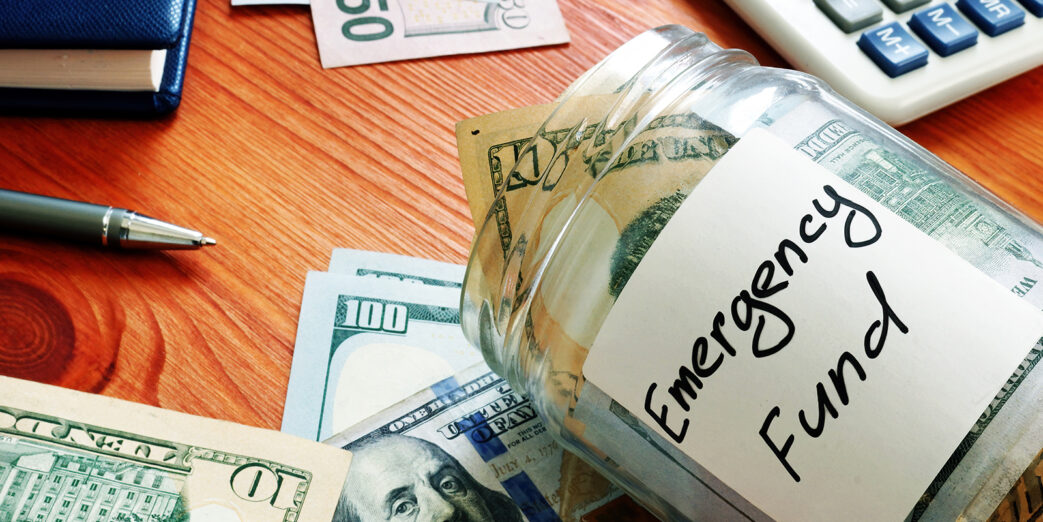By Greg Love, Relationship Manager of Retirement Solutions at GuideStone
I think we can all agree that the events of 2020 recentered our hearts and minds on the things that matter most. But due to the COVID-19 pandemic, many people experienced additional financial pressures when it came to providing for their families. In fact, one recent article reported approximately 61% of Americans ran out of emergency savings in 2020.[1]
Since maintaining adequate emergency savings is essential to our financial health, consider starting an emergency fund today. This simple approach may save you from leaning on a credit card when emergencies arise (and they will!). Especially now, you may find the thought of saving for an emergency fund overwhelming. But setting aside some money today for emergencies tomorrow frees you to focus on what matters most.
Here are four strategic ways to build an emergency fund:
- Create a budget. Whether you use a modern budgeting tool or paper and pencil, it is empowering to know where your money is going. Planning your cash flow and spending less than you earn will empower you to steer more money toward emergency savings, reaching your emergency fund goals more quickly.
- Start small and work toward $1,000. Consider selling some items or working a part-time job to begin your emergency fund. Having this money set aside will help bridge the financial gap when you hit speed bumps and potholes along the way (e.g., an appliance breaks down, unexpected visit to the doctor).
- Renegotiate credit card rates. To get a head start on building an emergency fund, ask for a lower interest rate on your credit cards. Lowering your rate frees up money that can be set aside for emergencies and/or to eliminate debt.
- Increase your savings over time. Keep in mind that $1,000 in emergency savings is just the beginning. Onceyou reach your initial goal of $1,000, work to eliminate debt and strive to build a more robust emergency fund — approximately six months of household expenses. This will empower you to navigate BIG emergencies such as losing your job, replacing an HVAC system or paying expenses due to chronic medical conditions. Since this can be a substantial amount of money, consider opening an investment account to invest a portion of the savings, allowing it to earn interest.
No matter what financial position you may find yourself in following 2020, GuideStone® is here to help. Our Emergency Savings Calculator helps you determine how much emergency savings you may need and how you can begin saving toward this important goal. We also have additional resources built to help you budget for every season of life.
Our president at GuideStone, O.S. Hawkins, has called 2021 the Year of Beginning Again as we rise from last year’s unexpected challenges. Please know that we are continuing to pray for you and are privileged to serve you as you serve the Lord.
GuideStone is a leading provider of employee benefits for SBC churches, ministries, organizations and institutions. Visit GuideStone.org to learn more about how they can help you with retirement, insurance, investments and more.
Greg Love joined GuideStone in 2012 and serves as a relationship manager for Retirement Solutions, specializing in church retirement plan design and employee education. He holds degrees from both The University of West Alabama and Southwestern Baptist Theological Seminary. Furthermore, he is currently pursuing a Master of Business Administration from Dallas Baptist University.
Greg is passionate about helping local churches thrive, make disciples and impact the globe for Christ. He and his wife, Jaime, have been married since 2001 and enjoy raising their two children — John Parker and Georgia Grace.
[1]https://www.cnbc.com/select/americans-running-out-of-emergency-savings-in-2020/

